Lithium-ion and nickel-metal hydride (NiMH) batteries are two popular options for powering the two-way radios used by organizations like police and fire departments. The choice between these two types of batteries can greatly impact the performance, reliability, and operational efficiency of communication devices in critical situations. Understanding the key differences between lithium-ion and NiMH batteries is essential for making informed decisions that ensure uninterrupted communication and optimal functionality.
Lithium-ion batteries offer high energy density, lightweight construction, and minimal memory effect, making them a favored choice for many users. They provide longer runtimes and quicker recharge cycles, which prove beneficial during extended operations. Conversely, NiMH batteries are known for their durability, affordability, and environmental friendliness. They perform well under strenuous conditions and have a longer lifespan when properly maintained.
Selecting the right battery technology involves considering factors like cost, performance, weight, and environmental impact. Let’s shed some light on the vital distinctions between lithium-ion and NiMH batteries so you can make better choices for your specific needs in the field.
Energy Density
Lithium-ion batteries excel in energy density, which measures the amount of energy stored relative to the batteries’ weight or volume. In practical terms, lithium-ion batteries can store more energy in a smaller and lighter form factor compared to nickel-metal hydride batteries.
What does this mean? A two-way radio powered by a lithium-ion battery will run longer on a single charge, providing extended operational hours that are crucial for professionals in the field. The compact size and lightweight nature of these batteries reduces the physical burden on users who often carry multiple pieces of equipment, allowing for better mobility and endurance during long shifts or missions.
Weight
The weight difference between lithium-ion and NiMH batteries significantly impacts usability and comfort. Lithium-ion batteries are about 30 percent lighter than NiMH batteries of equivalent capacity. In high-stress situations where every ounce matters, the reduced weight of lithium-ion batteries can make a substantial difference.
Lighter Motorola two-way radio batteries contribute to overall gear efficiency, reducing fatigue while enhancing the user’s ability to maneuver quickly and effectively. For first responders who rely on swift and agile movements, the lighter weight of lithium-ion batteries offers a distinct advantage.
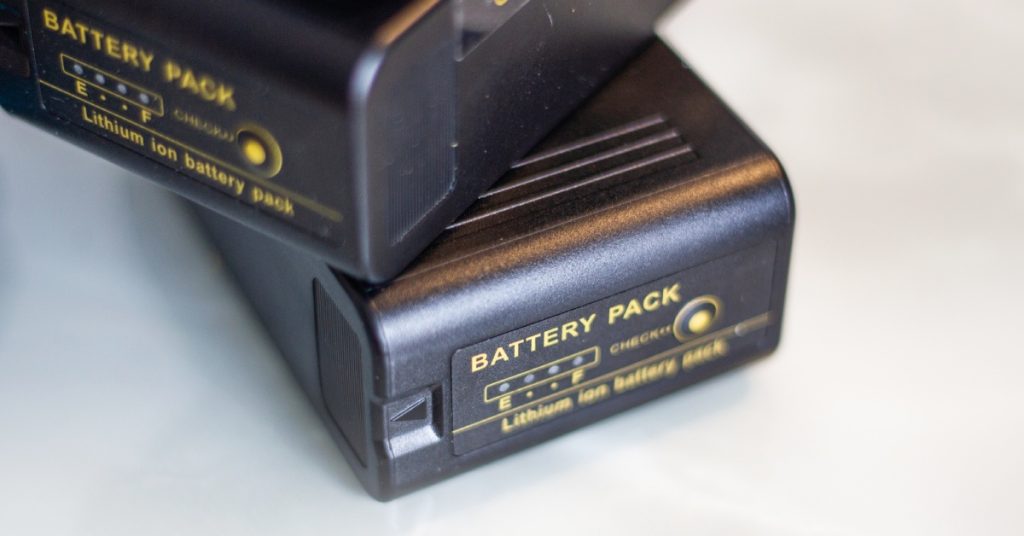
Charge Cycles
The number of complete charge and discharge cycles a battery can undergo before its capacity degrades greatly differs between lithium-ion and NiMH batteries. Typically, lithium-ion batteries endure around 300 to 500 complete charge cycles. After reaching this threshold, they start to lose capacity and impact radio performance.
NiMH batteries, on the other hand, generally handle 500–1000 charge cycles. This longevity makes NiMH batteries more suitable for applications requiring frequent recharging, and their initial lower cost can offset the higher maintenance costs that accrue over time. Departments with high usage rates may find NiMH batteries more economical in the long run despite their shorter operational periods between charges.
Memory Effect
The memory effect is a phenomenon where batteries lose their maximum energy capacity if repeatedly recharged after being only partially discharged. Lithium-ion batteries exhibit minimal to no memory effect, allowing users to recharge them at any point without worrying about capacity loss. This feature proves advantageous for emergency responders who might need to top off their batteries whenever possible without waiting for a full discharge.
NiMH batteries, however, suffer more significantly from the memory effect. Users must fully discharge NiMH batteries before recharging them to maintain optimal performance, which can be inconvenient and impractical in urgent situations where constant readiness is required.
Recharge Time
Recharge time is a critical factor, especially in emergency services where downtime can affect a mission’s success. Lithium-ion batteries recharge much faster, typically taking between one and three hours to reach full capacity. This rapid recharge capability ensures that communication devices are ready for use with minimal delay.
Conversely, NiMH batteries take much longer to recharge, often requiring six to eight hours for a full cycle. The extended recharge time can be a disadvantage in scenarios demanding quick turnaround times. First responders and law enforcement personnel benefit greatly from the quicker recharge times of lithium-ion batteries, which help keep their equipment readily available for immediate deployment.

Operational Temperature Range
A battery’s operational temperature range determines how well it performs under various environmental conditions. Lithium-ion batteries function effectively across a wider range of temperatures, typically from -20 to 60 degrees Celsius. This broad range ensures reliable performance in extreme environments like freezing cold regions and scorching hot deserts.
NiMH batteries operate best between -10 and 50 degrees Celsius, limiting their effectiveness in more severe conditions. For military and emergency personnel working in diverse and unpredictable climates, the superior temperature tolerance of lithium-ion batteries provides a significant reliability boost and promotes consistent communication regardless of the environment.
Cost
As with any other essential purchase, financial considerations play a vital role in battery selection. Lithium-ion batteries come with a higher initial purchase price due to their advanced technology and superior performance attributes like higher energy density and faster recharge times. However, their overall cost-effectiveness may improve over time, given their longer operational life per charge and reduced maintenance needs.
While NiMH batteries are cheaper upfront, they may incur additional costs due to the need for more frequent replacements and potential performance degradation from the memory effect. Budget-conscious departments must balance the initial investment against long-term expenses to determine the most financially feasible option that meets their operational needs.
What Now?
Choosing the right batteries for your two-way radios extends beyond knowing the key differences between lithium-ion and NiMH batteries. It’s about understanding how these differences impact real-world use for law enforcement, military personnel, and emergency responders.
Training programs and user familiarity with either battery type can influence operational readiness and efficiency. Users must also consider future technological advancements and potential shifts in battery technology that might impact their current choices. Lithium-ion batteries, with their rapid technological improvements, may offer newer models that further enhance their advantages, while NiMH batteries might see innovations that mitigate current limitations.
In the end, aligning your battery choice with operational demands, budget constraints, and the unique needs of your team will keep your devices reliable, efficient, and ready for any situation. Balancing these factors helps organizations like yours make informed decisions that support critical missions and contribute to overall operational success.



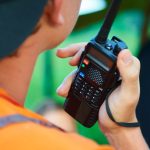
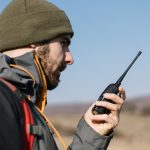

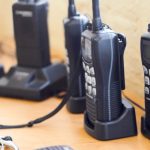
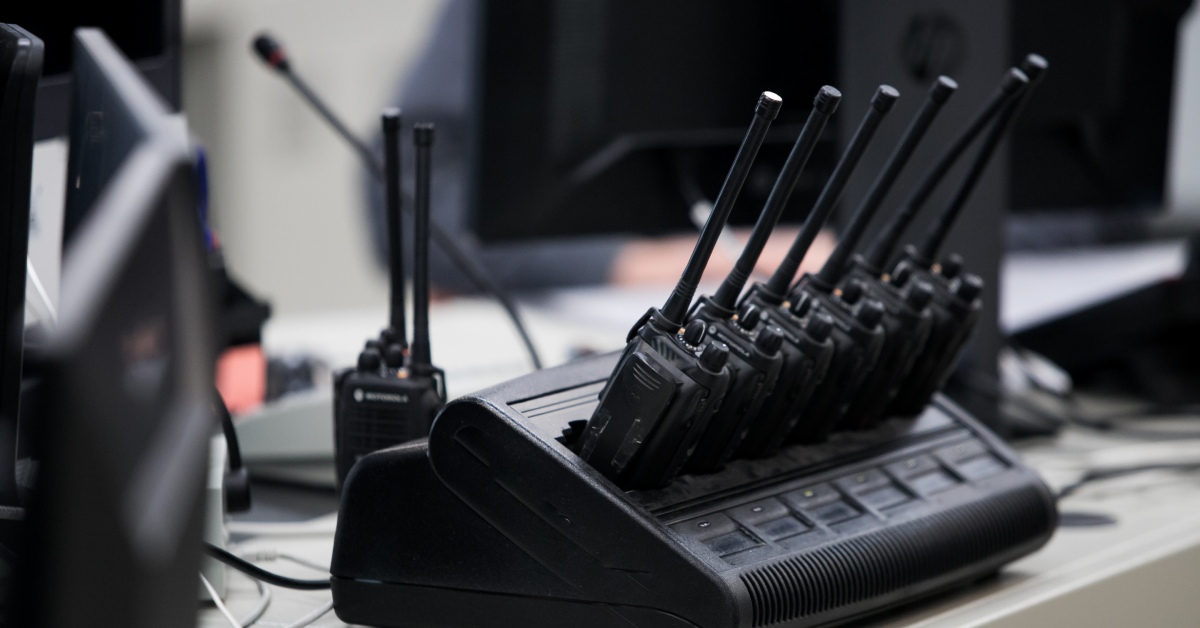
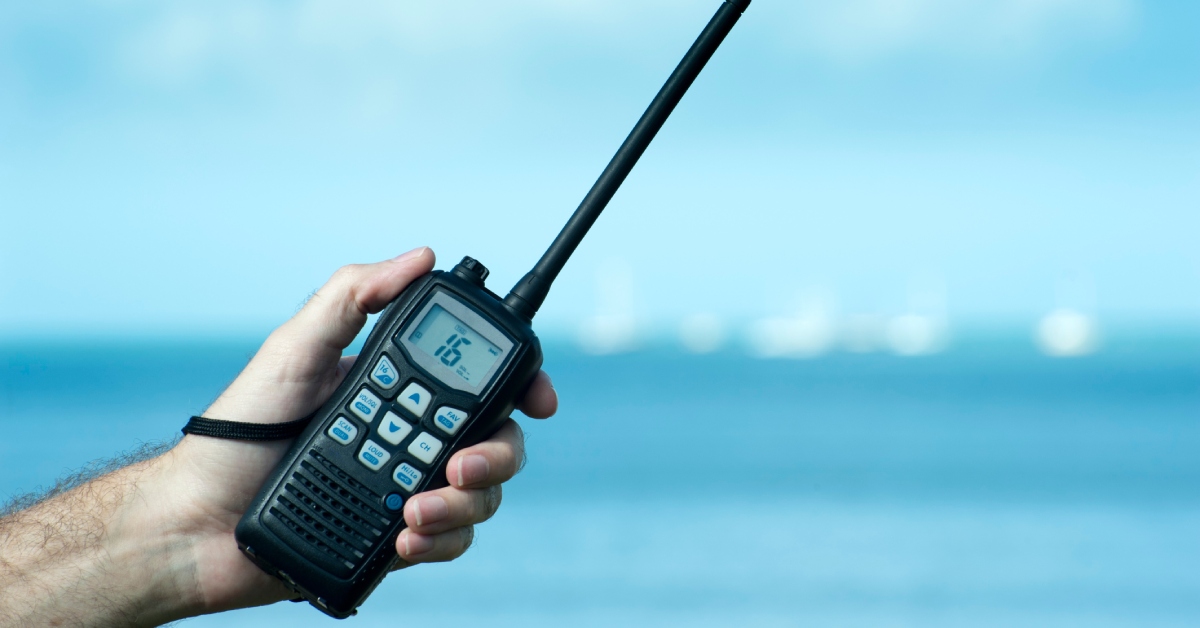

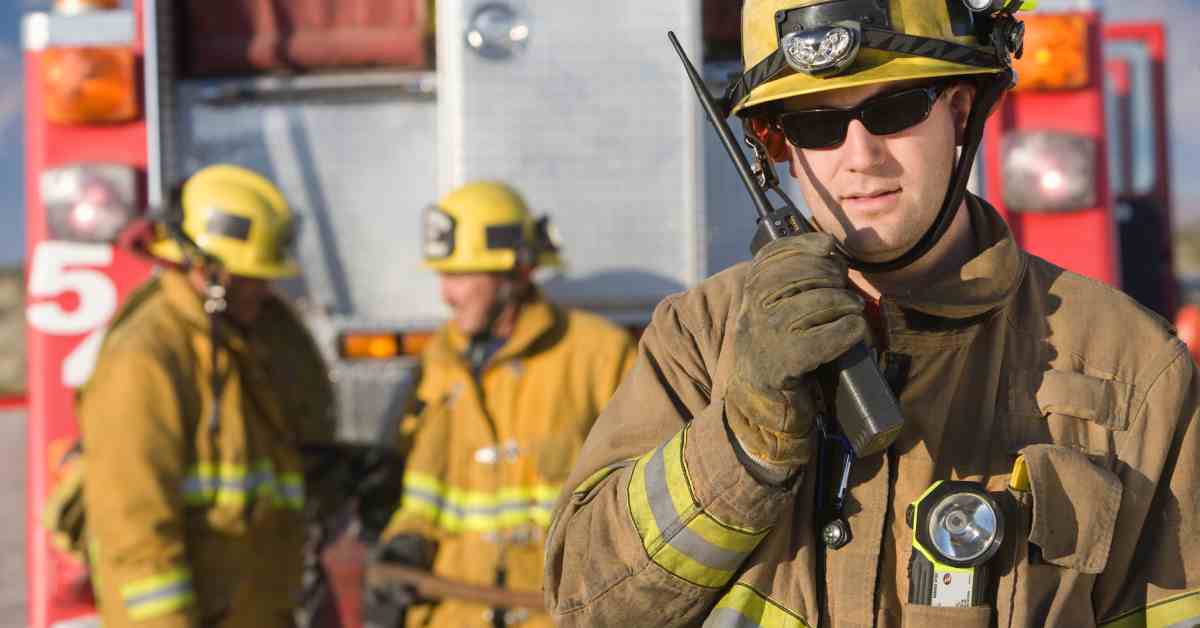

One thought on “Lithium-Ion vs NiMH Two-Way Radio Batteries: Key Differences”